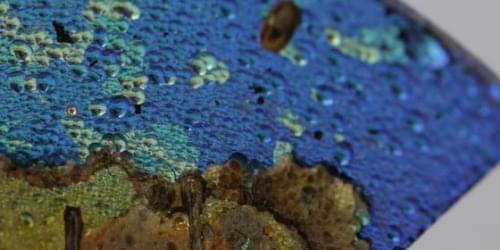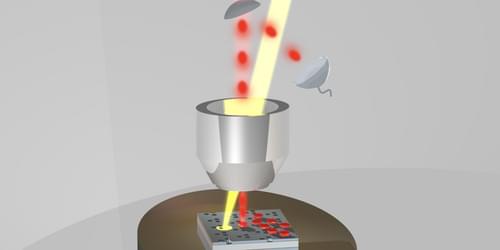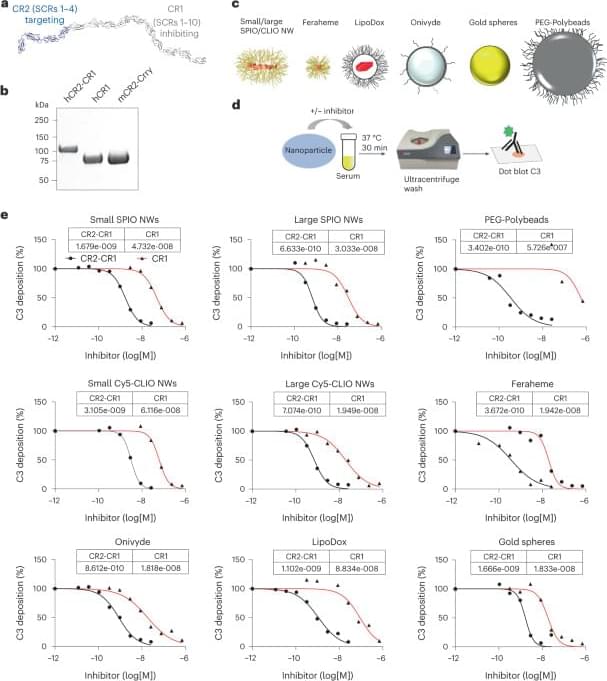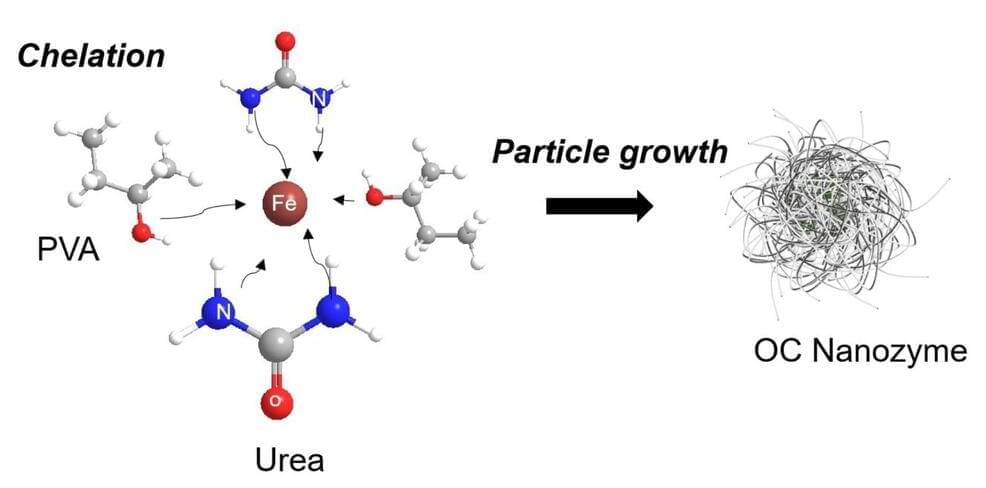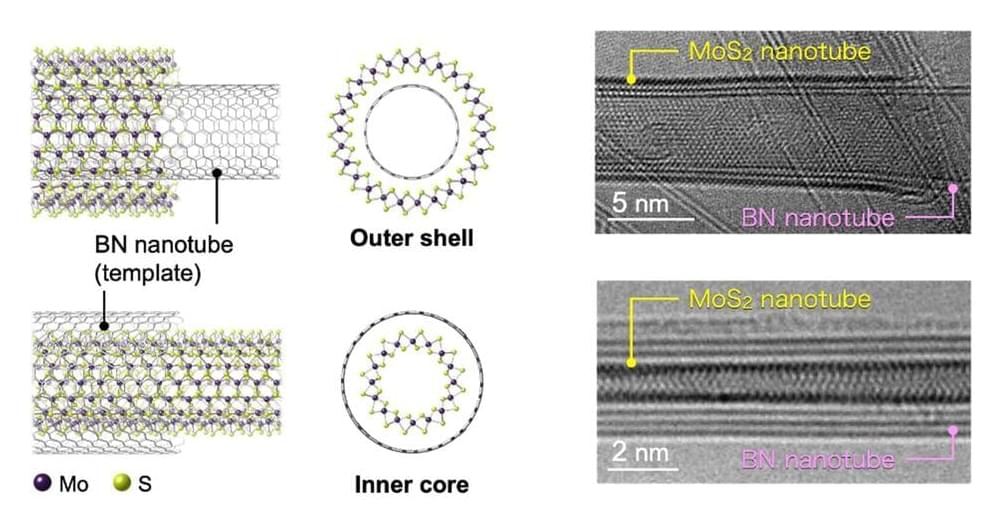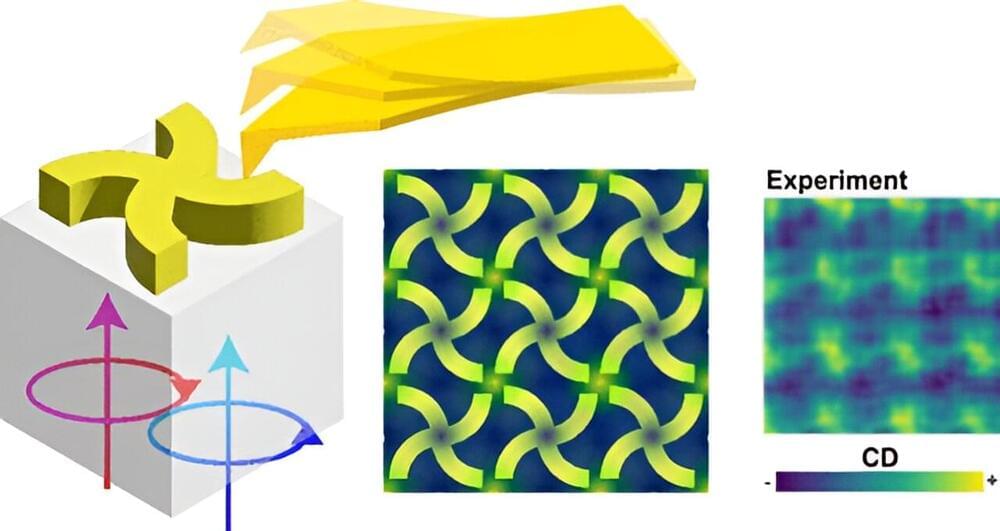Oct 24, 2023
Nature’s Nanotechnology: The Wonders of Ancient Roman Glass
Posted by Paul Battista in category: nanotechnology
Approximately 2,000 years ago in ancient Rome, glass containers filled with wine, water, or possibly exotic perfumes, fell off a marketplace table, breaking into countless pieces on the ground. Over the ensuing centuries, these shards became buried under layers of dirt and debris and exposed to a continuous cycle of changes in temperature, moisture, and surrounding minerals.
Now these tiny pieces of glass are being uncovered from construction sites and archaeological digs and reveal themselves to be something extraordinary. On their surface is a mosaic of iridescent colors of blue, green, and orange, with some displaying shimmering gold-colored mirrors.
These beautiful glass artifacts are often set in jewelry as pendants or earrings, while larger, more complete objects are displayed in museums.

